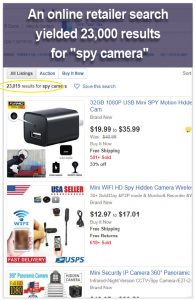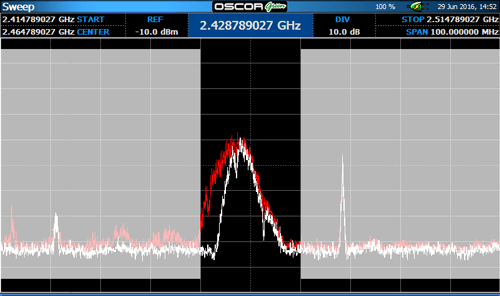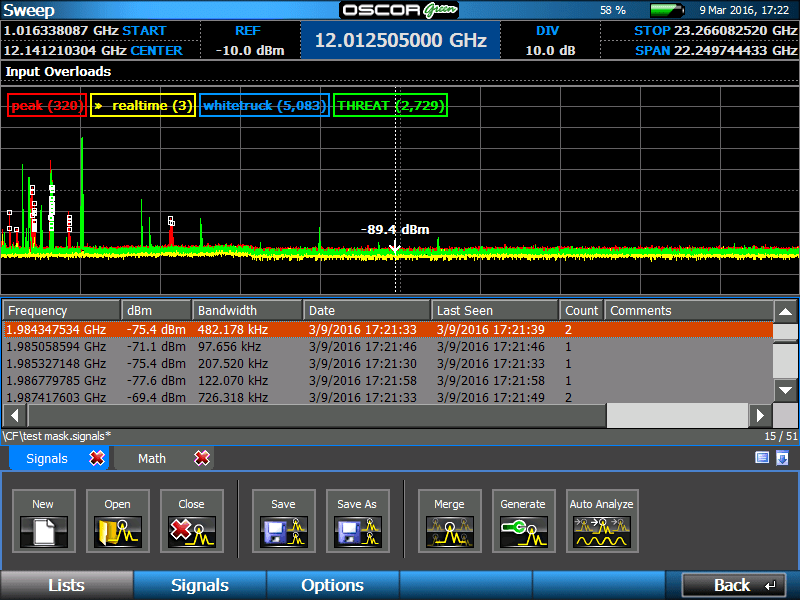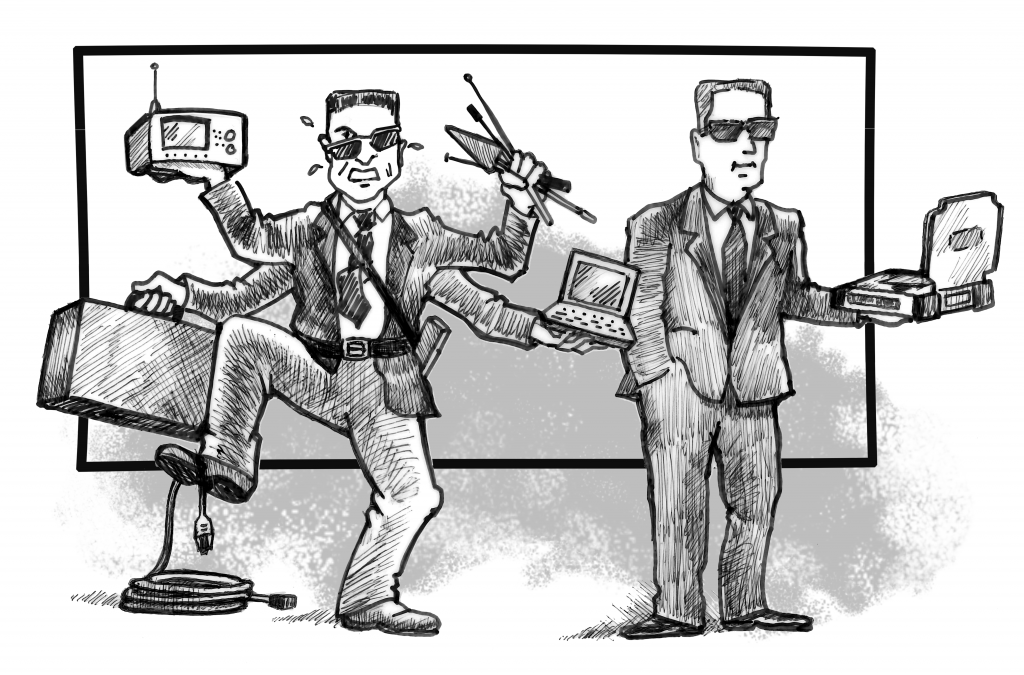Integrated Spectrum Analyzers like OSCOR combine capabilities from multiple types of analyzers to locate signals, not just detect them.
 In the last few decades, the volume of RF spectrum activity has exploded and shows no indication of slowing as the demand for wireless information transmission grows insatiably. The opportunity to use free airspace for good is equal to the ability for it to be used nefariously. RF safety and security efforts will face significant challenges in coming years to keep pace with increased opportunity for abuse.
In the last few decades, the volume of RF spectrum activity has exploded and shows no indication of slowing as the demand for wireless information transmission grows insatiably. The opportunity to use free airspace for good is equal to the ability for it to be used nefariously. RF safety and security efforts will face significant challenges in coming years to keep pace with increased opportunity for abuse.
One particular area of RF exploitation that is demonstrating significant expansion is illicit surveillance. Availability of cheaper and highly advanced surveillance products at the consumer level has taken technology that was once reserved for an elite field of intelligence specialists, and made it accessible to the average individual. Easy to use video and audio recording transmitters can be disguised and hidden in the most common, ordinary off the shelf products. These malicious devices are being produced in volume and marketed commercially with little restriction. A quick search for “hidden camera” on your favorite online retailer site may yield surprising results.
Continue reading “Using Spectrum Analyzers to Look for Unknown Signals”




